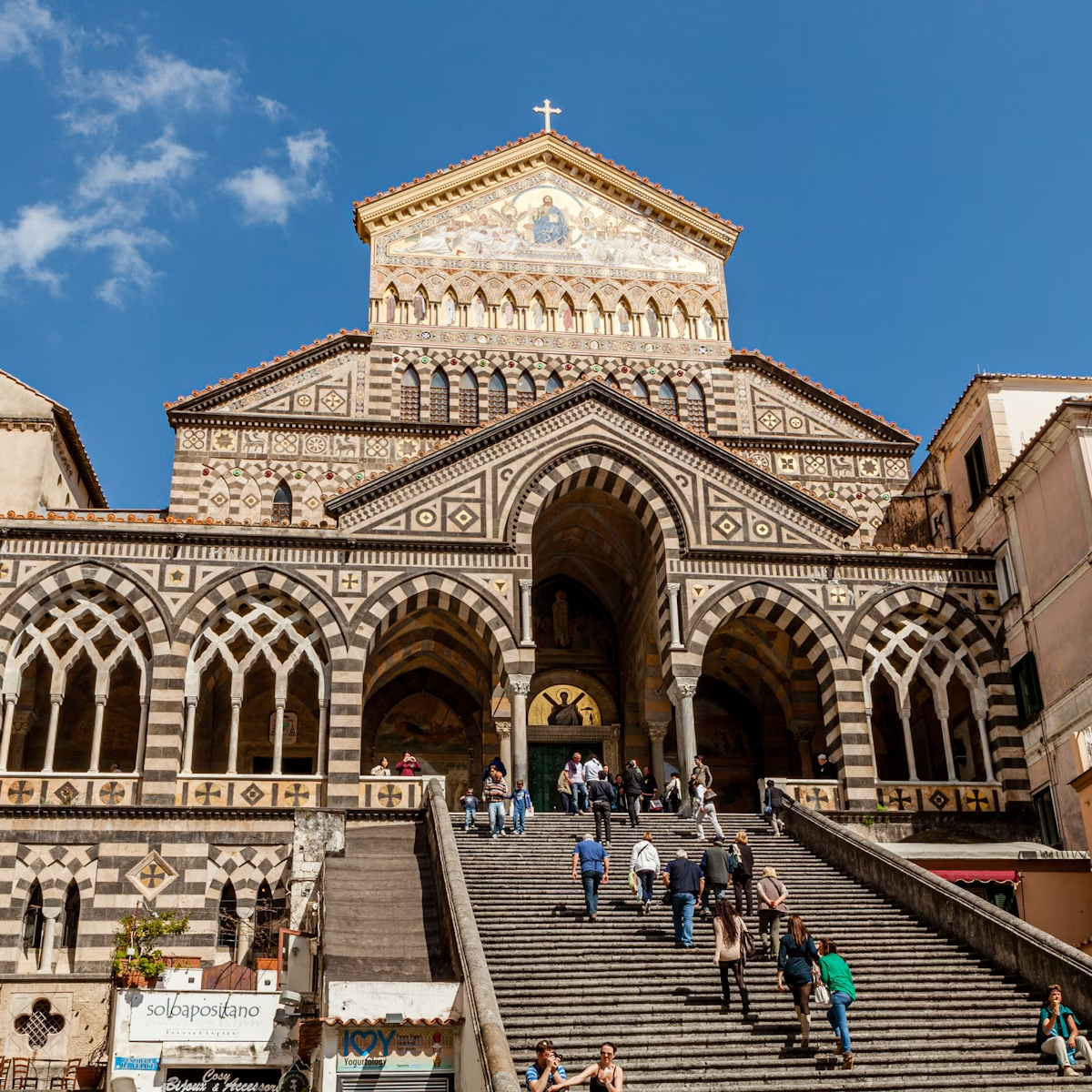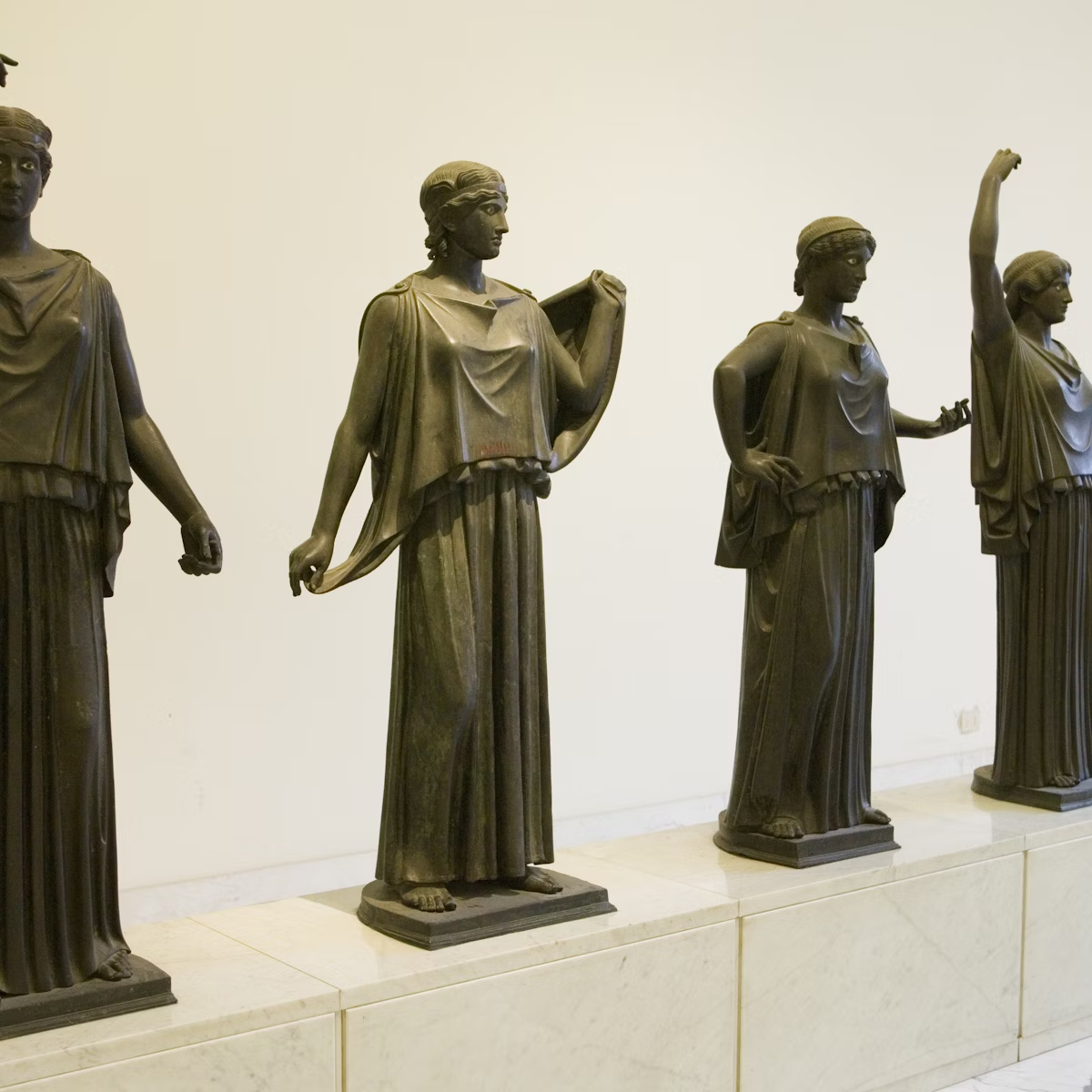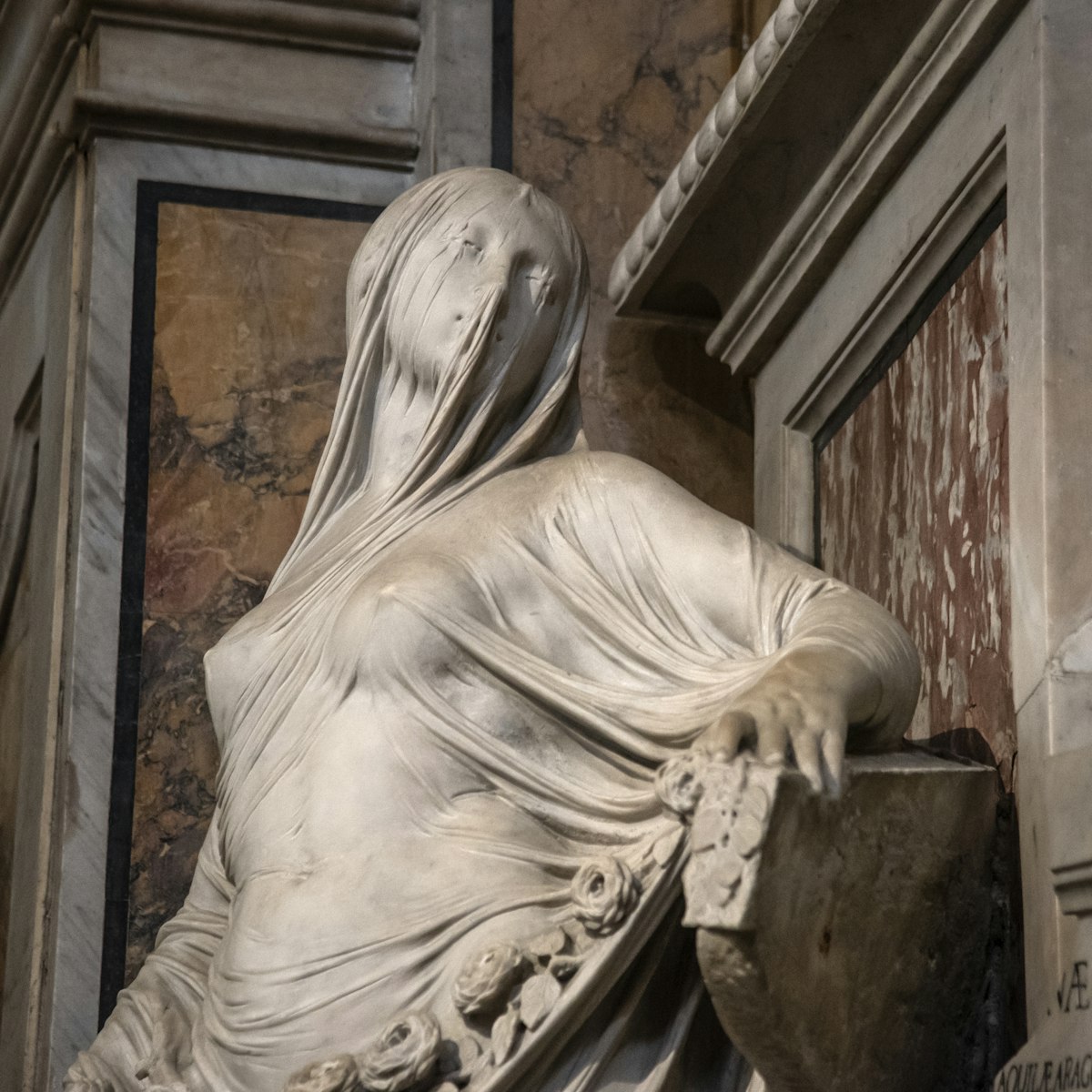Originally designed as a hunting lodge for Charles VII of Bourbon, the monumental Palazzo di Capodimonte was begun in 1738 and took more than a century to complete. It's now home to the Museo di Capodimonte, southern Italy's largest and richest art gallery. Its vast collection – much of which Charles inherited from his mother, Elisabetta Farnese – was moved here in 1759 and ranges from exquisite 12th-century altarpieces to works by Botticelli, Caravaggio, Titian and Warhol.
The gallery is spread over three floors and 160 rooms; for most people, a full morning or afternoon is enough for an abridged best-of tour. The 1st floor includes works by greats such as Michelangelo, Raphael and Titian, with highlights including Masaccio’s Crocifissione (Crucifixion), Botticelli's Madonna col Bambino e due angeli (Madonna with Child and Angels), Bellini’s Trasfigurazione (Transfiguration) and Parmigianino’s Antea, all of which are subject to room changes within the museum.
The floor is also home to the royal apartments, a study in regal excess. The Salottino di Porcellana (Room 52) is an outrageous example of 18th-century chinoiserie, its walls and ceiling dense with whimsically themed porcelain ‘stucco’. Originally created between 1757 and 1759 for the Palazzo Reale in Portici, it was transferred to Capodimonte in 1867.
Upstairs, the 2nd-floor galleries display work by Neapolitan artists from the 13th to the 19th centuries, including de Ribera, Giordano, Solimena and Stanzione. It's also home to some spectacular 16th-century Belgian tapestries. The piece that many come to see, however, is Caravaggio’s Flagellazione (Flagellation of Christ; 1607–10), which hangs in reverential solitude in Room 78. Rooms 88 to 95 are dedicated to paintings of the Neapolitan baroque period.
Accessed from the 2nd floor, a small mezzanine level hosts a rotating selection of modern works from artists including Andy Warhol, Mimmo Jodice and John Armleder.
Once you've finished in the museum, the Real Bosco di Capodimonte – the palace's 134-hectare estate – provides a much-needed breath of fresh air.
The museum offers a convenient, hourly shuttle-bus service – Shuttle Capodimonte – that runs between central Naples and the museum. Buses depart from Piazza Trieste e Trento (opposite Teatro San Carlo) and stop at Piazza Dante and the Museo Archeologico Nazionale en route. Tickets (which include museum entry) can be purchased directly on the bus.








